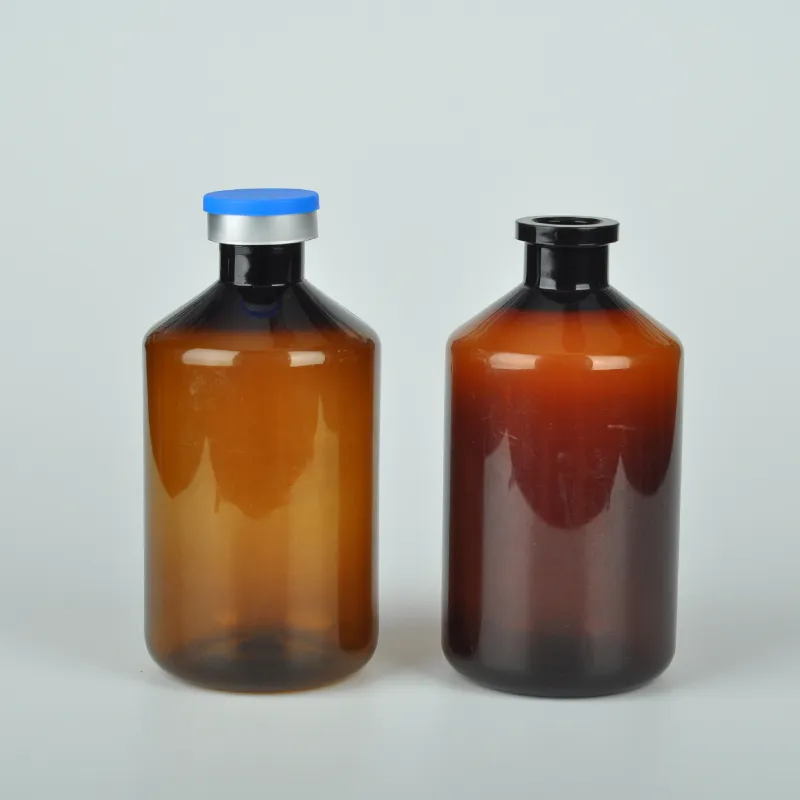Exploring Various Types of Reagent Bottles for Laboratory Use
Understanding Reagent Bottle Types A Comprehensive Guide
Reagent bottles are crucial components in laboratories, serving as containers for various chemicals and solutions used in experiments. They come in different shapes, sizes, and materials, each tailored to suit specific applications and ensure safety. In this article, we will explore the various types of reagent bottles, their characteristics, and their uses.
1. Material Types
Reagent bottles are typically made from three primary materials glass, plastic, and polypropylene
.- Glass Reagent Bottles These are widely used due to their non-reactive nature, which means they can hold a wide range of chemicals without interacting negatively. Glass bottles are ideal for storing acids, bases, and organic solvents. They are also transparent, allowing easy visibility of the contents. However, glass bottles can be heavy and fragile, requiring careful handling.
- Plastic Reagent Bottles Made from materials such as polyethylene or polypropylene, these bottles are lightweight and less susceptible to breakage. Plastic bottles are often used for less hazardous substances and in environments where glass might pose a risk. However, they may not be suitable for storing certain solvents that can react with plastic.
- Polypropylene Bottles These are a subset of plastic bottles known for their high resistance to heat and chemicals. Polypropylene bottles are frequently utilized for storing reagents that require sterilization, making them popular in microbiological applications.
2. Types Based on Design
The design of reagent bottles can also vary significantly, affecting their usability.
- Amber Glass Bottles These bottles are specifically designed to protect light-sensitive chemicals, such as certain drugs and reagents, from degradation caused by UV light. The amber color blocks harmful rays, allowing safe storage without compromising the integrity of the contents.
reagent bottle types

- Dropper Bottles Equipped with a dropper top, these bottles are perfect for precise dispensing of small quantities of liquids. They are commonly used in both laboratory and home settings for solvents and other reagents that require careful measurement.
- Wide-Mouth Bottles These bottles feature a larger opening, making them easier to fill and clean. They are ideal for solid reagents or for substances that require spooning out rather than pouring.
- Tight-Seal Bottles Designed with a secure closure, these bottles prevent spills and contamination, making them suitable for hazardous materials. They often come with child-resistant caps to ensure safety in environments with children.
3. Common Applications
Reagent bottles find application across various sectors, including chemistry, biology, and environmental science. In research laboratories, they are employed to store and handle reagents for experiments. In educational institutions, teachers use them to demonstrate chemical reactions safely. Moreover, pharmaceutical companies utilize these bottles for the long-term storage of drug compounds.
4. Choosing the Right Reagent Bottle
When selecting a reagent bottle, it is essential to consider the chemical nature of the contents, potential reactions with the bottle material, and the storage conditions. For instance, corrosive substances necessitate bottles made of materials that can withstand their reactivity, while sensitive compounds might require protection from light.
Conclusion
In summary, understanding the various types of reagent bottles is vital for anyone working in a laboratory setting. Selecting the appropriate bottle based on material, design, and application can ensure safety, efficiency, and accuracy in handling chemicals. By being informed about your options, you can enhance your laboratory practices and safeguard the integrity of your experiments.
-
Aesthetic Makeup Spray Bottles | Fine Mist Empty RefillableNewsAug.19,2025
-
White Plastic Veterinary Vaccine Vials | Lab Liquid BottlesNewsAug.18,2025
-
Plastic Medicine Liquid Bottle: Secure Flip Top Drug VialsNewsAug.17,2025
-
Durable 250ml Blue Plastic Vaccine Vial for Lab & Vet UseNewsAug.16,2025
-
Sterile Virus Sample Tubes: Secure & Reliable Specimen CollectionNewsAug.15,2025
-
White 250ml Plastic Vaccine Vial for Lab & Vet MedicineNewsAug.14,2025
























